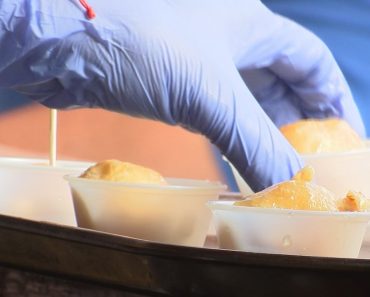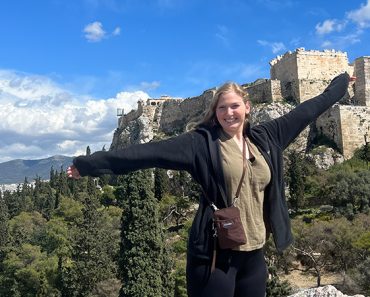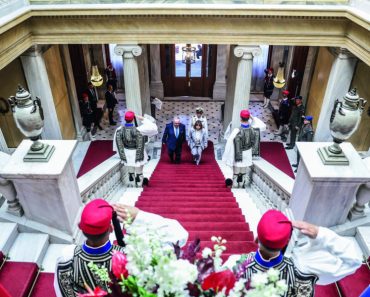Following the expulsion of Jews by Ferdinand and Isabella, large numbers of Spanish Jews settled in what are now Greece, Cyprus, the southern Balkans, and the western coast of Turkey. There they found communities of Greek-speaking Jews, known as Romaniote, who had lived in these territories since ancient times. Similar to what happened in North Africa, some of these communities assimilated into the Sephardi, Ladino-speaking traditions of the newcomers, while others maintained a separate identity. Like other Jews who left Europe in the early 20th century, some Romaniote settled in Manhattan’s Lower East Side, where they established the Kehila Kedosha Janina Synagogue (KKJ), which still holds weekly services and is the only Romaniote congregation in the Western Hemisphere.
Daniel Cody writes:
The Romaniote congregation, originally from Ioannina, Greece (hence, “Janina,” an alternative version of the Greek place-name), formed in 1906, though the synagogue itself was not fully constructed until 1927. . . . The Romaniote migrated to America following World War I for economic opportunity. Broome, Allen, and Orchard Streets, which occupy a northern portion of Lower East Side, were home to many immigrant families who left the Ottoman empire, including Romaniote. . . . Hundreds of families who currently attend, or previously attended, KKJ came from Ioannina, but many arrived from Rhodes, Thessaloniki, Istanbul, Izmir, and the former Yugoslavia.
KKJ is what is known as a “tenement” synagogue. . . . The building was at one point a tenement building, then converted into a Greek coffee shop, and finally a synagogue in 1927. The Romaniote community pooled together money to construct the synagogue, which is much narrower and space-conscious than other synagogues.
KKJ is the only non-Ashkenazi synagogue in the Lower East Side of Manhattan.
More about:
American Jewish History, Lower East Side, Romaniote Jewry, Synagogues






